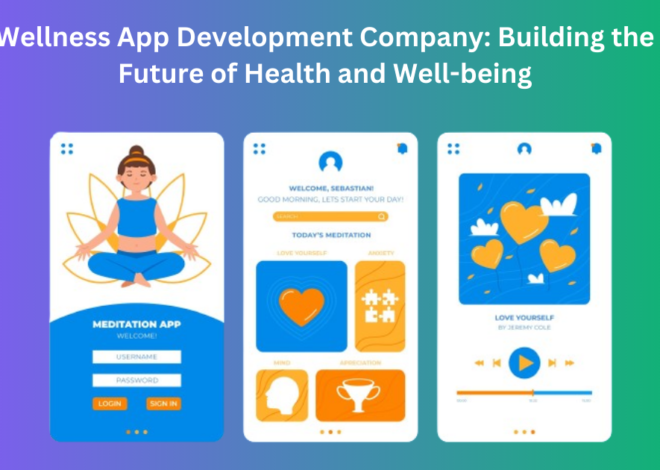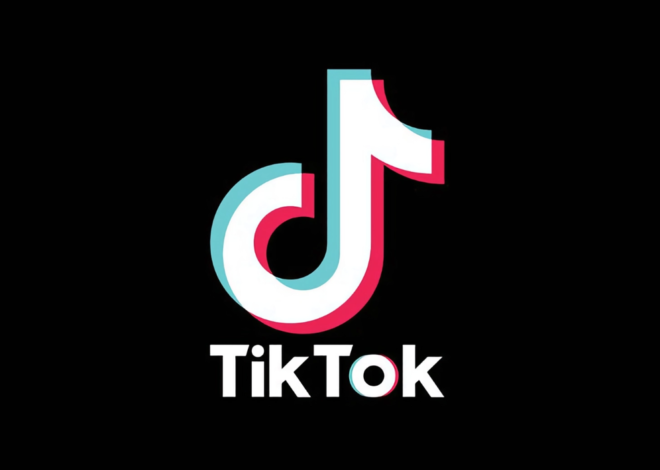
Top 10 Ways Advanced Grappling Influences AI Programming
Top 10 Ways Advanced Grappling Influences AI Programming
The intersection of advanced grappling techniques and AI programming is a fascinating and emerging field. Grappling, typically associated with combat sports like Brazilian Jiu-Jitsu, involves strategic thinking, adaptability, and problem-solving under pressure. These principles are surprisingly relevant to AI programming, especially in the context of Web3 technologies and the evolving landscape of AI. Let’s explore how advanced grappling influences AI programming.
1. Strategic Thinking in AI Programming
Advanced grappling requires strategic thinking to anticipate an opponent’s moves and counter them effectively. Similarly, AI programming demands foresight and planning to build algorithms that can adapt to various scenarios. This strategic approach is vital for creating AI models that can handle complex tasks, especially in areas like web3 jobs where AI is increasingly being integrated into decentralized systems.
1.1 Adapting to Opponents and Data
In grappling, adapting to an opponent’s style is crucial for success. In AI, this translates to the ability of models to adapt to new data inputs. By incorporating adaptive strategies from grappling, AI can become more resilient and effective in processing diverse datasets.
2. Problem-Solving Under Pressure
Grappling often involves solving physical puzzles while under intense pressure. This mirrors the challenges AI developers face when programming under tight deadlines or within constrained environments. The ability to remain calm and solve problems quickly is a trait that both grapplers and AI programmers share.
2.1 Real-Time Decision Making
Just as grapplers must make split-second decisions, AI algorithms often need to make real-time choices based on streaming data. This capability is particularly relevant in Web3 environments, where AI-driven systems must respond dynamically to decentralized inputs.
3. Continuous Learning and Improvement
Grapplers constantly refine their techniques through practice and feedback, much like AI systems improve through machine learning. The iterative process of testing, learning, and improving is essential in both fields. For those pursuing web3 jobs, understanding this process is critical as AI continues to play a growing role in the decentralized web.
4. Dealing with Uncertainty and Variability
In grappling, no two matches are the same, and practitioners must deal with a high level of variability. Similarly, AI systems must handle uncertainty in data and outcomes. By drawing parallels with grappling, AI programmers can develop algorithms better equipped to handle unexpected scenarios.
5. Efficiency in Movement and Code
Grapplers learn to use their movements efficiently to conserve energy, which can be likened to writing efficient code in AI programming. Efficient coding not only conserves computational resources but also enhances the performance of AI applications, especially in resource-constrained environments like blockchain networks.
5.1 Optimization Techniques
Just as grapplers optimize their techniques for maximum effectiveness, AI developers must optimize algorithms for performance. This is particularly important in Web3, where efficiency can directly impact the speed and cost of transactions.
6. Mindset of Adaptability
Grapplers develop a mindset of adaptability, adjusting their tactics based on the situation at hand. This mindset is crucial in AI programming, where flexibility is key to dealing with evolving technologies and challenges. As AI continues to influence web3 jobs, adaptability will become an increasingly valuable trait.
7. Pattern Recognition in Grappling and AI
Pattern recognition is a core skill in grappling, allowing practitioners to anticipate their opponent’s moves. In AI, pattern recognition is fundamental to machine learning, where algorithms detect and learn from data patterns. This connection highlights the crossover between physical and cognitive skills.
8. Mental Toughness and Resilience
Grapplers are known for their mental toughness, which is necessary to overcome challenges during matches. AI programmers, especially those working on cutting-edge projects like web3 jobs, require similar resilience to navigate the complexities of AI development and implementation.
8.1 Handling Setbacks
In both grappling and AI programming, setbacks are inevitable. The ability to learn from mistakes and continue pushing forward is a shared characteristic that leads to long-term success.
9. Collaboration and Teamwork
While grappling may seem like an individual sport, it involves significant collaboration with training partners. Similarly, AI programming often requires collaboration among teams of developers, data scientists, and domain experts. This collaborative approach is essential in complex AI projects and the broader Web3 ecosystem.
10. Ethical Considerations and Respect
Grappling teaches respect for opponents and the importance of ethical behavior. In AI programming, ethical considerations are paramount, especially when developing systems that can impact society. As AI becomes more integrated into web3 jobs, maintaining ethical standards will be crucial.
Conclusion
The principles of advanced grappling offer valuable insights for AI programming. From strategic thinking and problem-solving to adaptability and efficiency, these skills can greatly enhance the development of AI systems, particularly in the emerging Web3 space. As AI continues to evolve, understanding these connections will be increasingly important for those looking to excel in web3 jobs and beyond.
FAQ
Q1: How does grappling influence AI programming?
Advanced grappling influences AI programming through strategic thinking, adaptability, and problem-solving skills that are directly applicable to coding and algorithm development.
Q2: Are AI affected from advanced grappling principles?
Yes, AI programming can benefit from principles derived from grappling, such as efficiency, adaptability, and real-time decision-making.
Q3: How can learning grappling benefit AI developers?
Learning grappling can enhance an AI developer’s strategic thinking, resilience, and ability to adapt to changing scenarios, all of which are valuable in AI programming.
Q4: What is the connection between grappling and Web3 jobs?
Both grappling and Web3 jobs require adaptability, continuous learning, and a mindset of overcoming challenges, making the skills transferable between the two.
Q5: Why is ethics important in AI programming?
Ethics in AI programming is crucial to ensure that AI systems are developed responsibly, considering the potential impacts on society and individuals.
By drawing on the principles of advanced grappling, AI programmers can enhance their skills and better navigate the dynamic world of AI and Web3 technologies. Stay ahead in your web3 jobs journey by embracing the wisdom of grappling!


